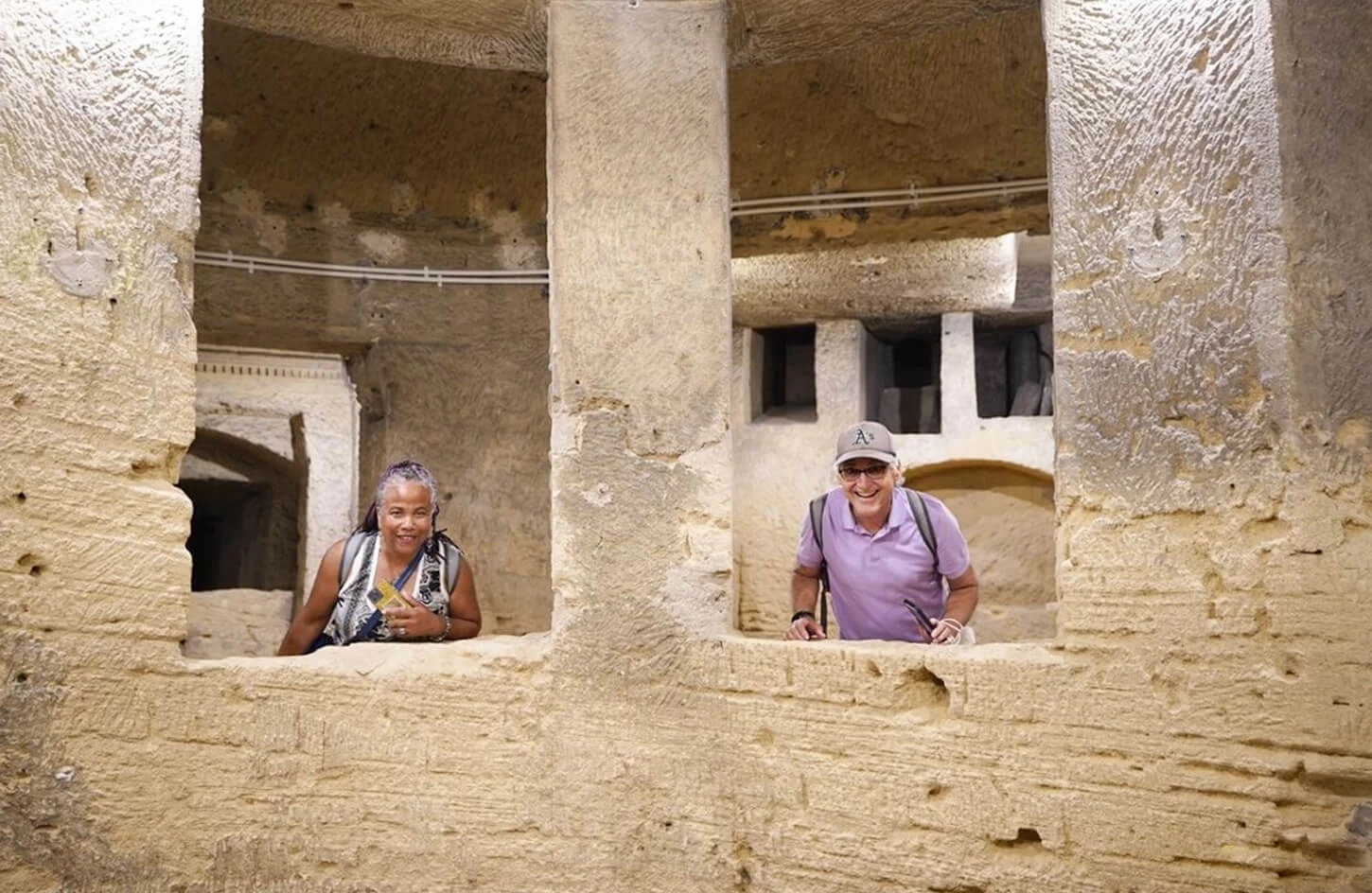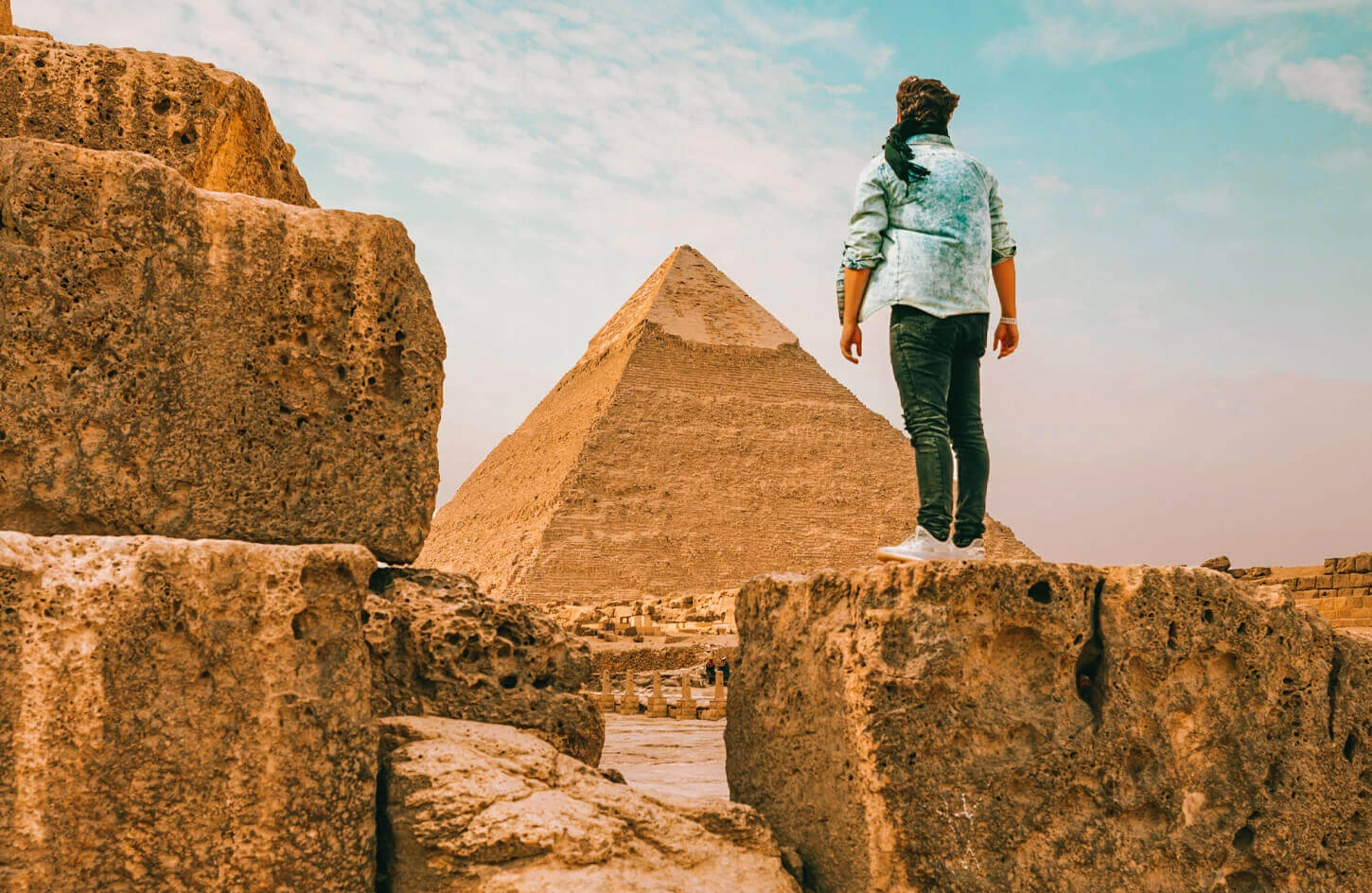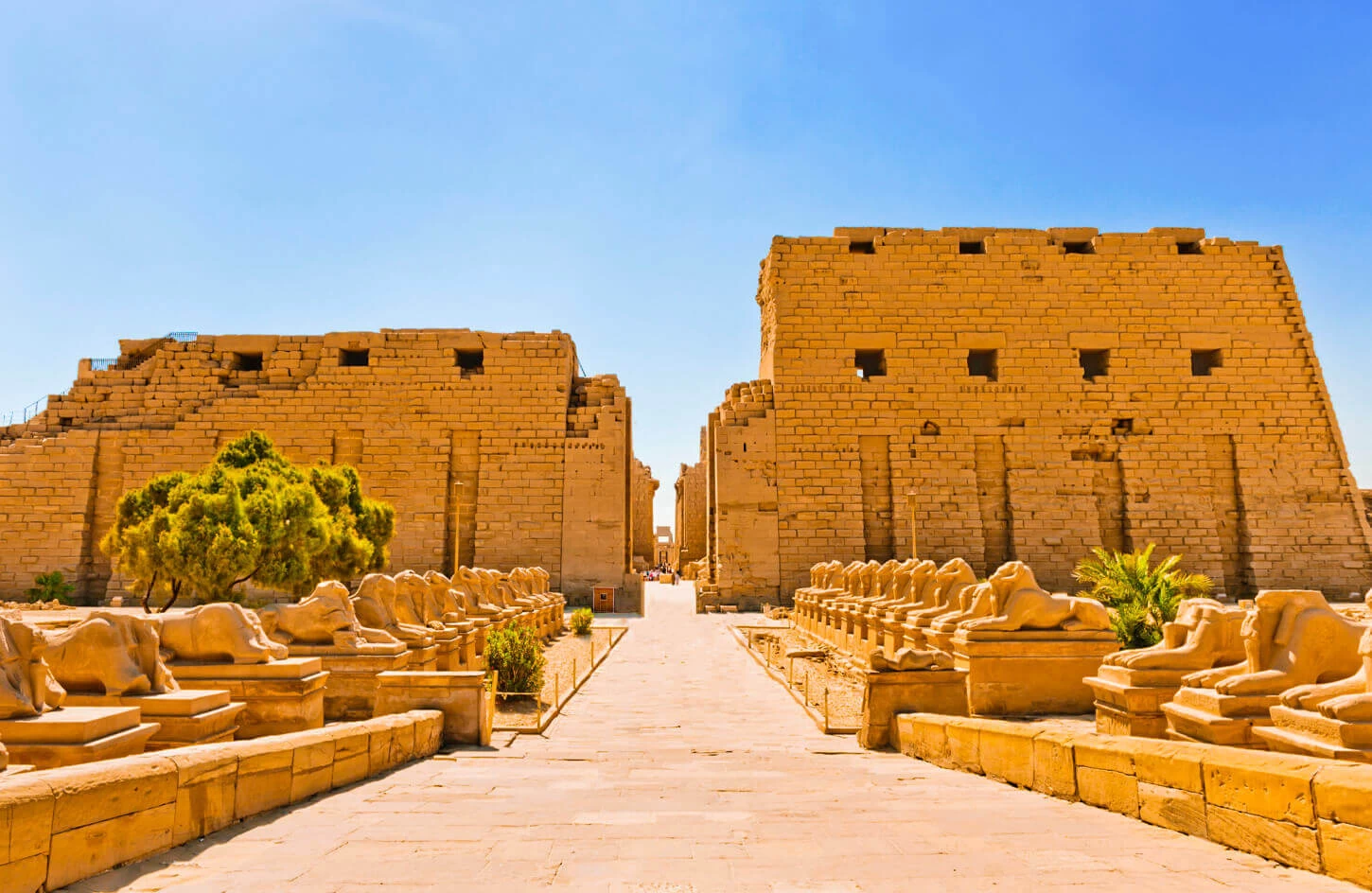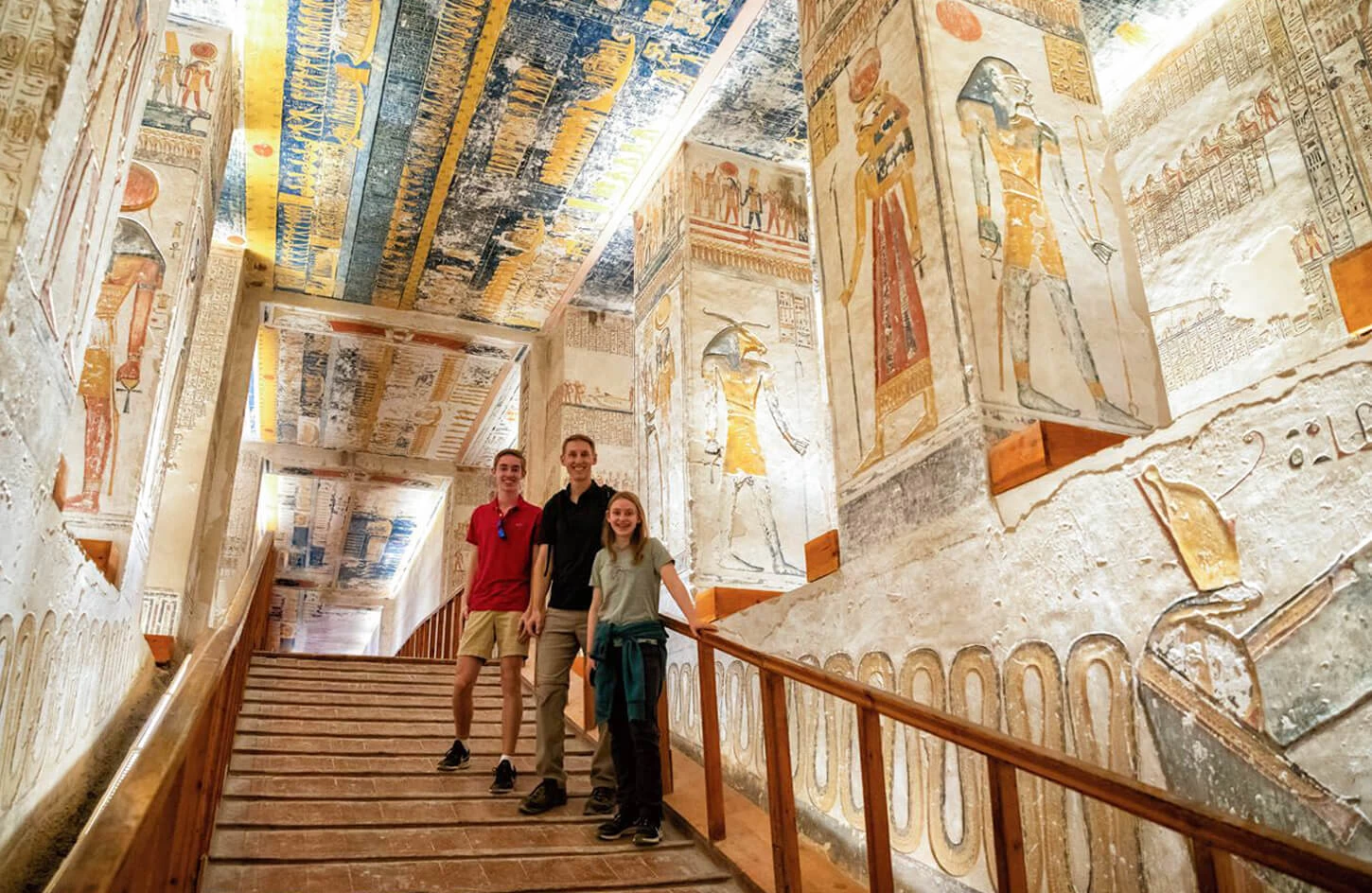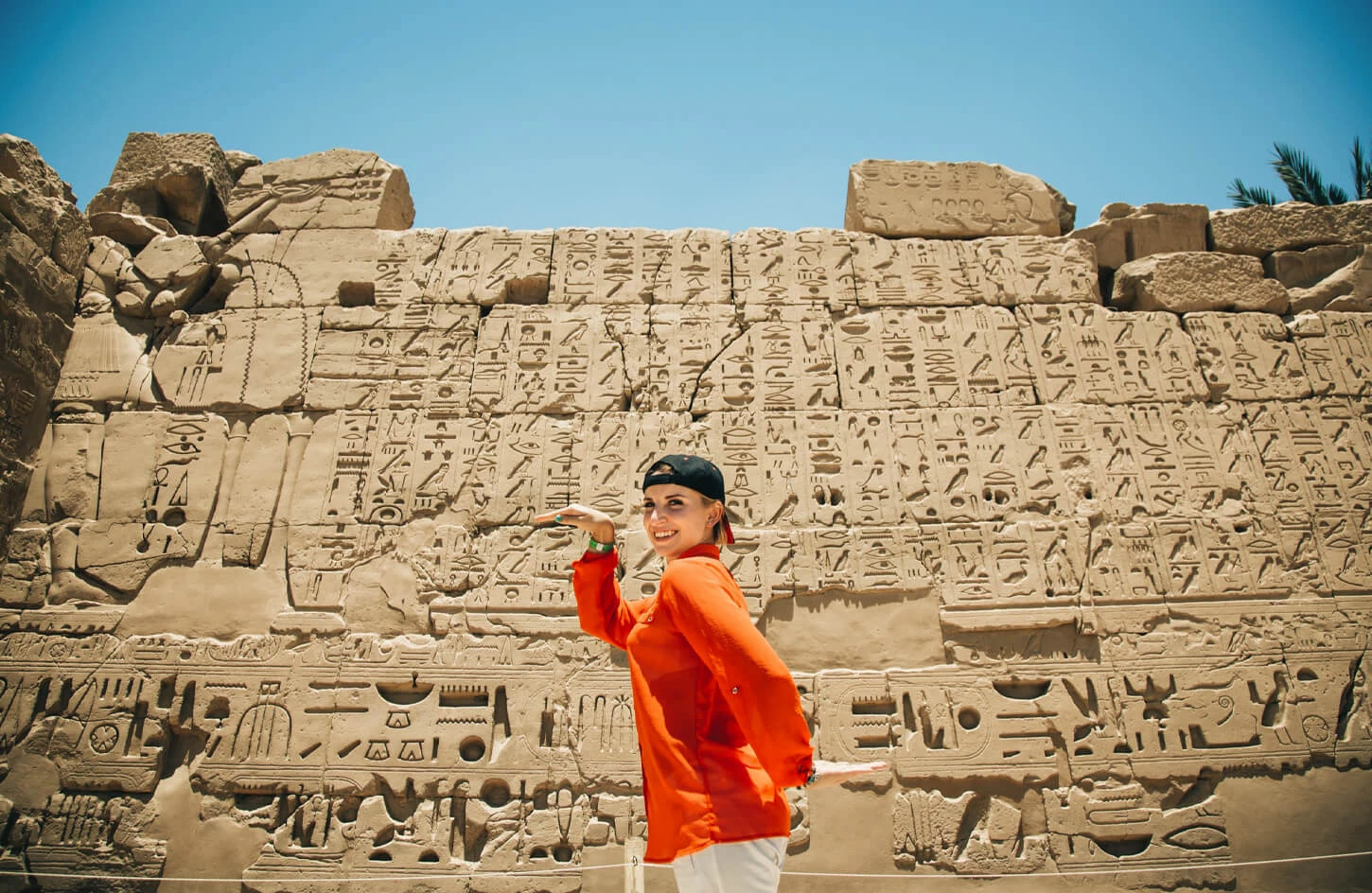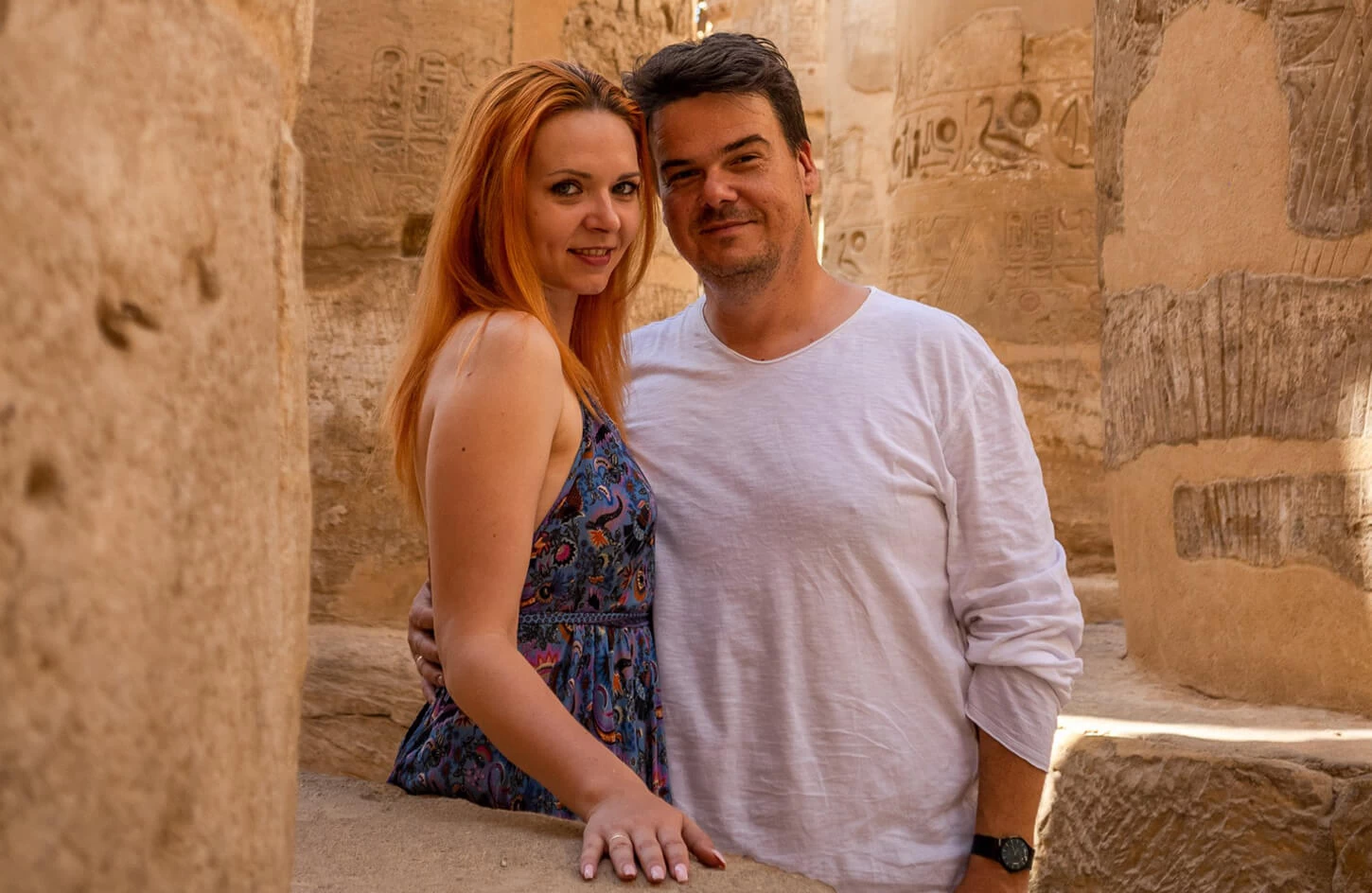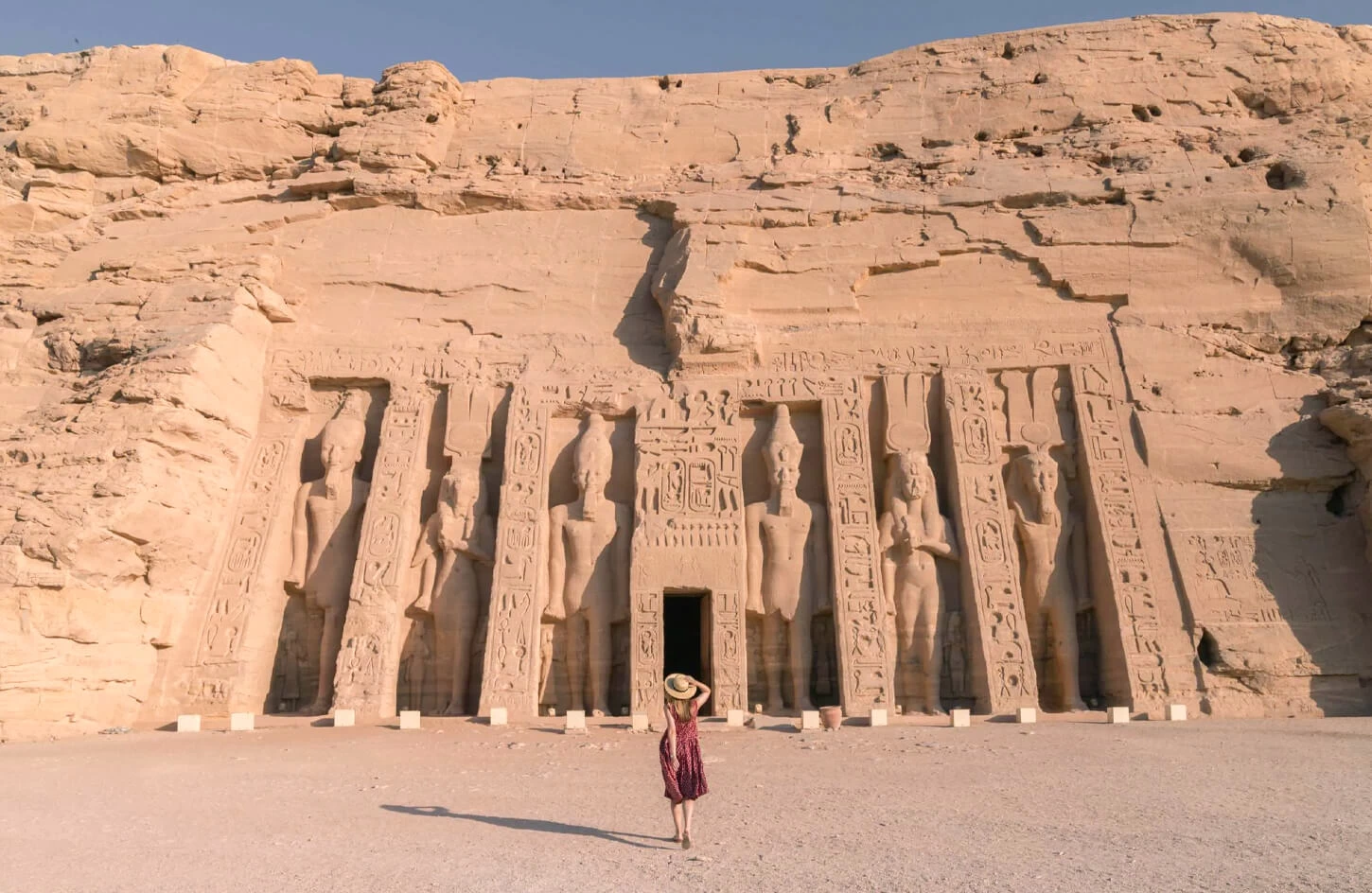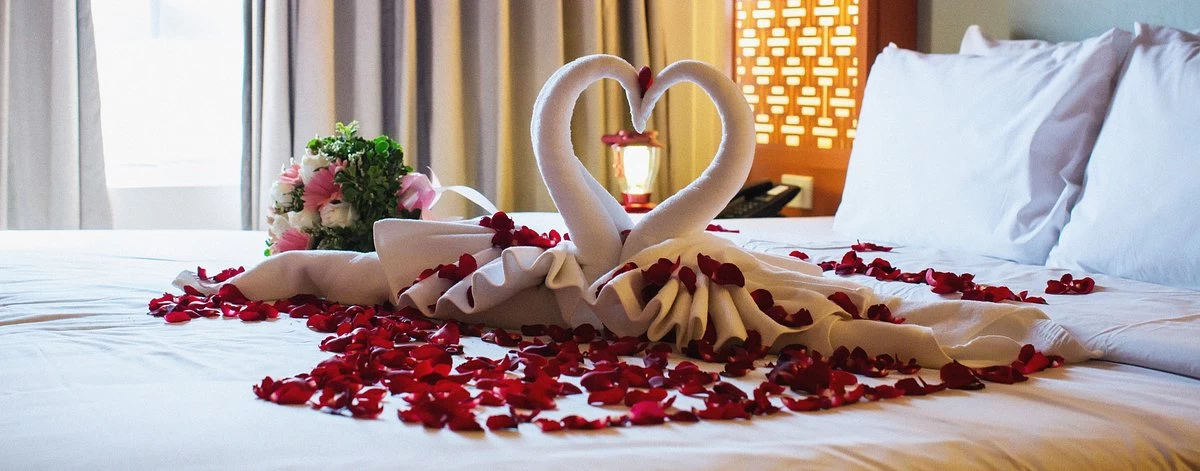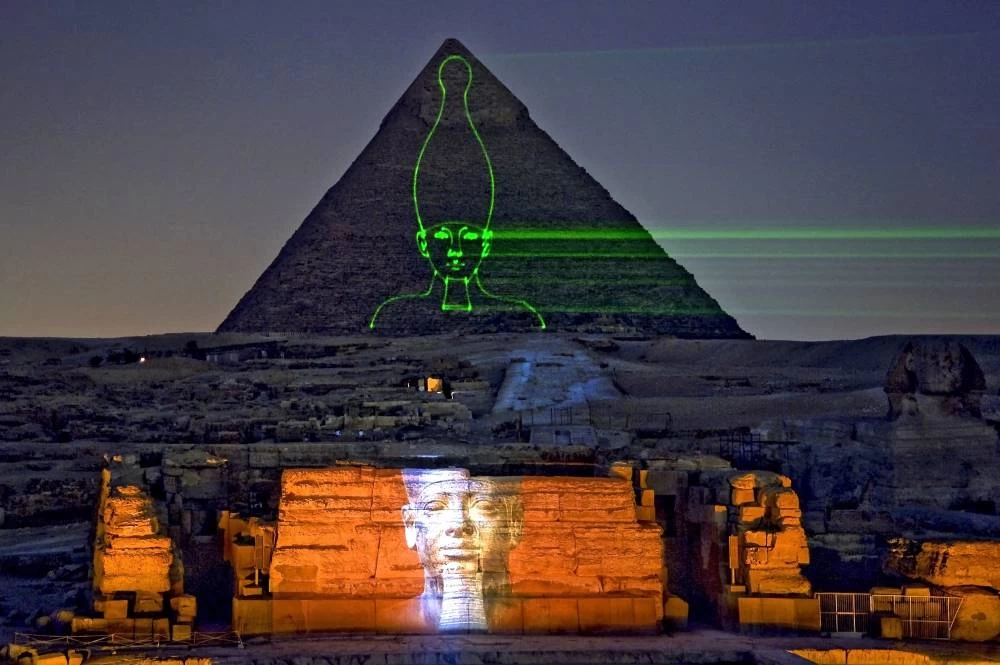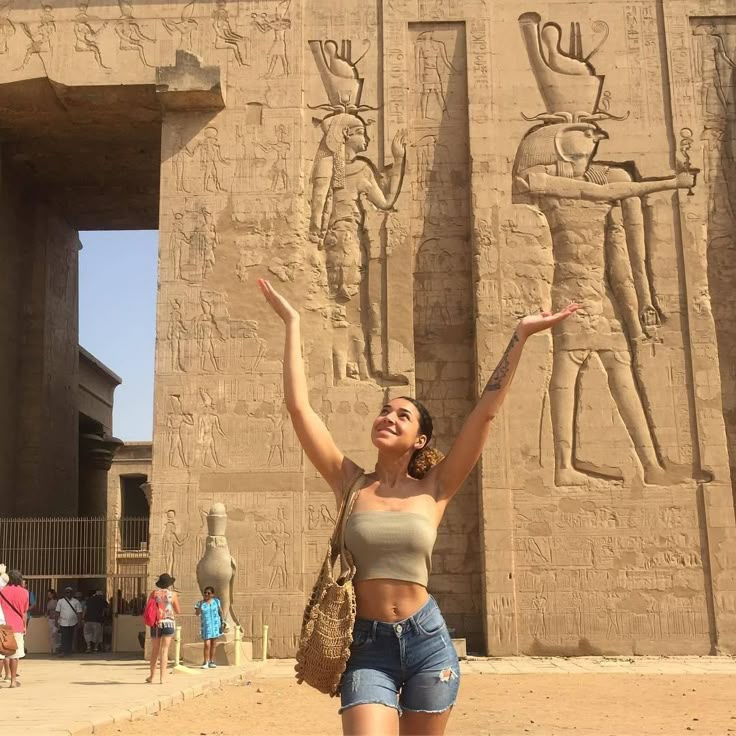Mummification Museum Luxor
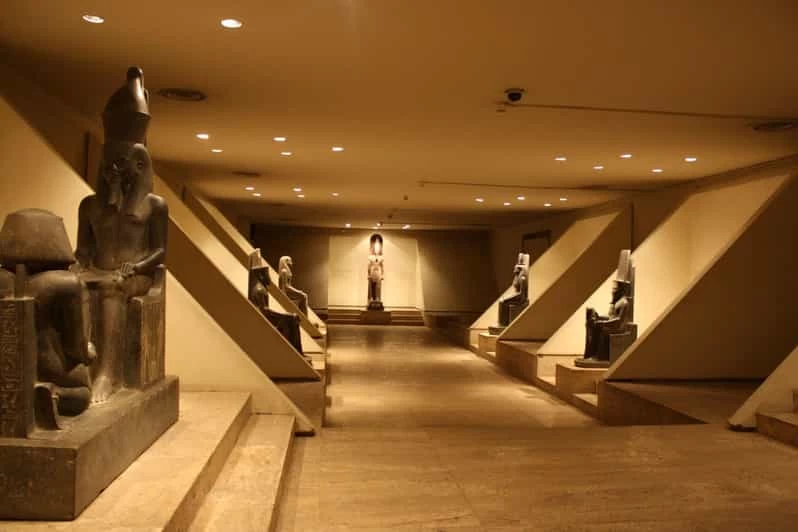
Discover the Secrets of Ancient Egyptian Mummification
Egypt is Full of mysteries, and mummification remains one of the most fascinating. To grasp the mystifying process, a trip to the Mummification Museum Luxor should be among your priorities. Luxor visitors consider this museum one of the top attractions because it thoroughly explores ancient Egyptian mummification processes and assists visitors in understanding the methods by which people and animals received mummification treatment in ancient Egypt.
Mummification Museum Location
The eastern Nile Riverbank location of Luxor hosts a top-notch mummification museum that displays mummies alongside mummification instruments together with religious artifacts. The following piece presents information about the museum, including ancient Egyptian mummification techniques that people should witness on their Luxor tour.
Facts About the Mummification Museum in Luxor
The Mummification Museum of Luxor is a must-visit destination for anyone on a Luxor tour. The interesting museum allows its visitors an in-depth perspective of the ancient Egyptians' process of mummification and their preparation for life hereafter.
Below are some of the highlights of the museum that make it a must-visit destination in Luxor:
A Museum Dedicated to the History of Mummification
Among all museums with historical content, the Mummification Museum Luxor maintains its exclusive focus on mummification as a subject. The museum presents an extensive presentation of the historic mummification methods in which religious and scientific values flourished across various cultural epochs.
Established in 1997
The Mummification Museum Luxor began welcoming visitors to its doors at its official opening in 1997 so people could see how ancient Egyptians used embalming techniques during mummification. The institution presents in-depth information about mummified human and animal bodies alongside religious practices for maintaining physical integrity after death.
Prime Location Near Luxor Temple
The location of the Mummification Museum Luxor ensures that visitors who want to explore several historical sites can incorporate it into their single trip through Luxor.
A Collection of Mummified Animals
Besides humans, ancient Egyptians performed animal mummification that had spiritual importance to them. The museum showcases an impressive collection of Egyptian mummified sacred animals that includes cats as well as crocodiles with fish.
A Rare, Fully Preserved Mummy
The museum shows a real mummified high priest to visitors as a single authentic example of an ancient Egyptian mummified person. This exhibit shows the high level of talent and craftsmanship used by the ancient Egyptians for mummification processes.
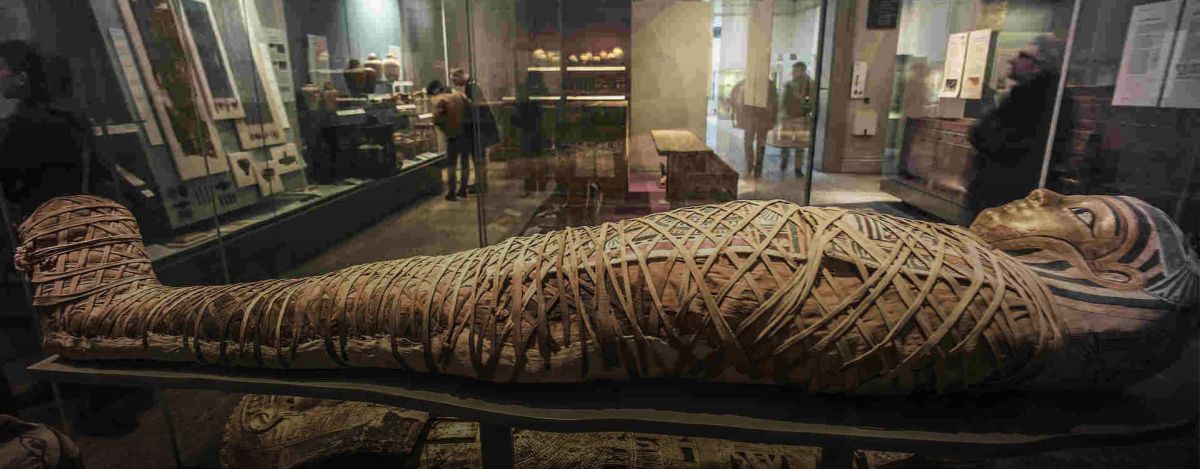
How Ancient Egyptians Mastered the Art of Mummification
The ancient Egyptians developed a very sophisticated mummification process, which kept the dead alive in good health for their afterlife journey. This is how they did it:
Purification of the Body:
The body of the deceased was purified after death by washing it with Nile water and palm wine. The ritual was necessary to make dead bodies attractive to the hereafter.
Removal of Internal Organs:
The brain was extracted using metal hooks from the nose. The internal organs which died, including the stomach, intestines, liver, and lungs, were placed in individual canopic jars under the guardianship of different gods.
Drying with Natron Salt:
The national desiccant natron salt was employed as an external covering for drying the body. It took about 40 days.
Wrapping the Body in Linen:
Resins and oils were applied to seal the skin before linen bandages were applied to the body. Protective gold face masks were applied to some mummies' faces while they were being mummified.
Burial and Last Rituals:
The Opening of the Mouth ceremony by priests enabled dead bodies to eat and speak even after death. The mummy was given shelter in a sarcophagus packed with riches, food, and amulets.
Must-See Artifacts at the Mummification Museum in Luxor
-There is an impressive collection of mummification objects of ancient Egyptian mummification that show how burial was carried out in the past to visitors at the Luxor Mummification Museum. The mummy of the high priest Masaharta is the most fascinating since it dates from the 21st century. The preserved body offers researchers a chance to find out about the ancient Egyptian techniques of embalming and enables them to observe closely the processes used by the ancient embalmers.
-One may visit the museum to view its vast collection of canopic jars since those vessels played an important role in ancient mummification practices. These beautifully adorned vessels used to have the role of storing internal body organs when mummification was being carried out, while their lid carvings depicted the four sons of Amun, who were godly guardians.
-At the museum, individuals get to see how mummifiers embalmed bodies in the past using original bronze tools, which they used for organ extraction and body preparation for mummification. Through such artifacts, individuals can imagine how hard it was for mummifiers to create their masterpiece in preserving the body.
-Guests to the museum are surprised at mummified animals displayed, e.g., cats with baboons and crocodiles and fish. The tradition of burial by ancient Egyptians verified their regard for animal life since sacred animals were buried with dead humans or given to godly offerings.
A series of papyrus mystic writings in the Book of the Dead is something simple to observe in the museum. Such religious texts were thought to be a reservoir of spiritual guidance for deceased spirits during their transition through the life to come, thus providing them with protection as well as wisdom during their journey.
-Tourists interested in ancient Egyptian mummification must visit the Mummification Museum Luxor due to its excellent collection combined with extensive artifact displays.
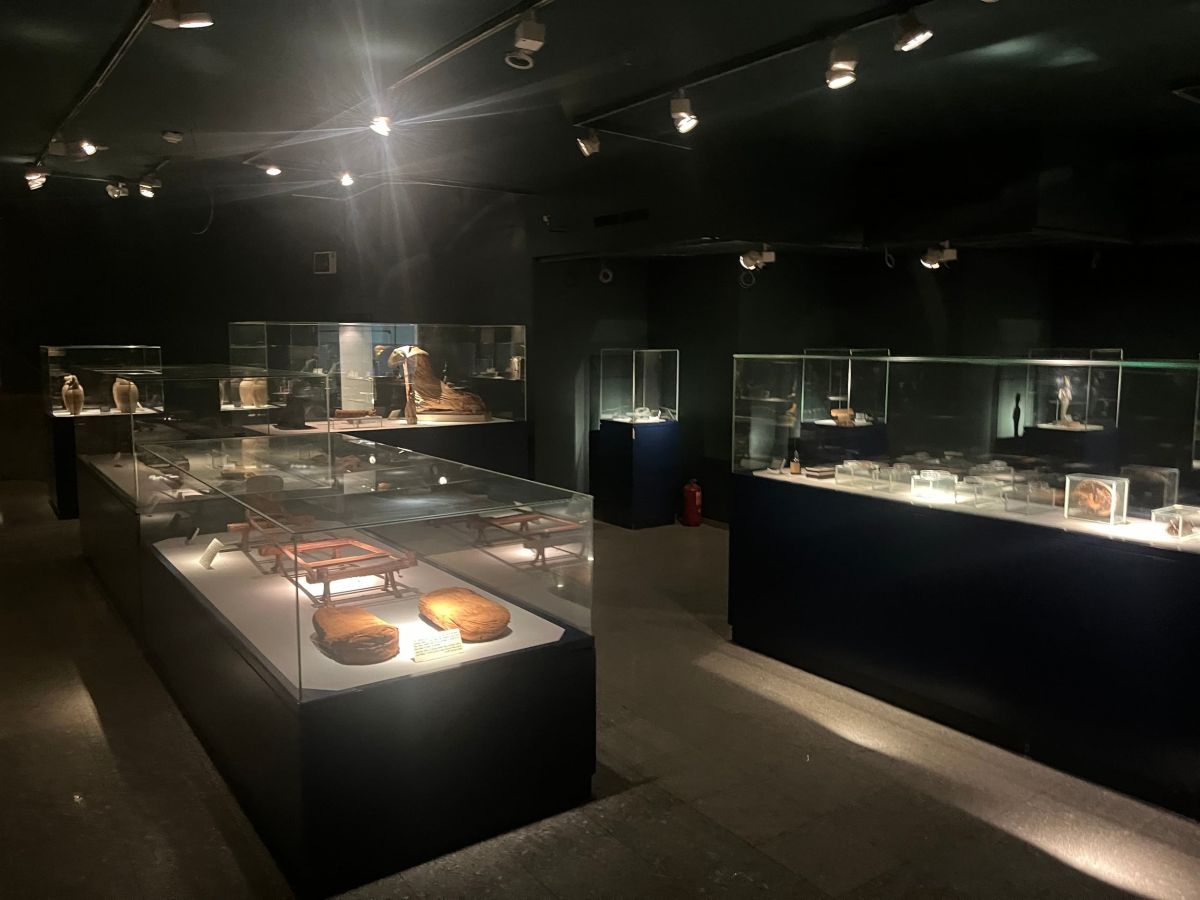
Why Visit the Mummification Museum on Your Luxor Tour?
-A visit to Egypt would never be complete without a trip to the Mummification Museum Luxor, an unusual destination that gives one a glimpse into ancient Egyptian mummification processes. Unlike other such sites, the museum offers an unusual chance to delve into the scientific, medical, and religious sides of mummification.
-While popular Luxor attractions such as the Valley of the Kings and Karnak Temple are crowded, the Mummification Museum offers a more intimate and specialized experience. It offers a glimpse into the finer details of embalming, such as the sacred rituals and forbidden funeral practices that were necessary to prepare the dead for the afterlife.
-One of the most thrilling aspects of the museum is being able to see rare pieces up close, including authentic mummies, embalming tools, and beautifully decorated canopic jars. In contrast to larger museums, this center offers a quieter atmosphere, and people are able to examine these ancient objects in detail without the masses.
-Another advantage of a trip to the Mummification Museum Luxor is that it is centrally based near major attractions such as Luxor Temple and the Nile Corniche. This makes it easy for tourists wanting to maximize their experience of the city's heritage.
-For archaeology enthusiasts and history enthusiasts, the museum is an invaluable repository, offering profound insights into the most mysterious and fascinating practice of ancient Egypt. As a traveler or a responsible scholar, a visit to the Mummification Museum Luxor promises a worthwhile journey into the secrets of the past.
Exploring the Mysteries of Ancient Egyptian Funerary Practices
-Mortal Egyptian customs existed from the time because such customs were necessary to sustain beliefs that would dominate their eventual lives. With mummification, the aim transcended preservation of bodies to attain the ability of the dead to journey to the afterlife.
-Tourists in the Mummification Museum of Luxor can learn about mummification traditions' history as well as priests' and embalmers' significant roles to maintain the ongoing process. Each exhibit of the museum records scientific advances along with religious rituals and artistic potential, even in presenting Natron salt and canopic jars.
Conclusion
Among all Luxor museums, the Mummification Museum Luxor focuses specifically on ancient Egyptian mummification practices and cultural customs. Visiting this museum creates a distinct educational experience during Luxor excursions because it supports exploration of the Valley of the Kings and Karnak Temple as well as Luxor Temple. The Mummification Museum in Luxor offers a journey through time-one that no history lover should miss.

